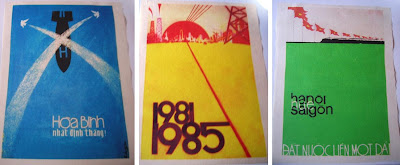We recently went on an overnight boat trip on beautiful Halong Bay with some visiting family. To most people, Halong Bay needs no introduction. If you haven’t seen the iconic images of Halong Bay’s limestone peaks jutting out of jade green sea, then you may have seen similar scenes depicted of Guilin in China. It really does look like it does in the pictures, but on a much grander, ‘need to see it to believe it’ scale.
It was great to return after our first foray to the bay on our Vietnam trip around six years ago. Then, we were on a boat with a random selection of backpackers and expats (the Australian pilot on a break from his Hong Kong base and the French couple living it up in Singapore who we met on that trip definitely helped fuel my expat-in-Asia desires!). This time around, we hired a boat to ourselves, which was not only more relaxing for us, but essential to prevent annoying other people given we had a baby on board!
We cruised past floating fishing villages….
…had a brief stop at the ‘Surprising Cave’ – as did every other boat it seems…the boats and tour companies are quite strictly controlled so there’s not much boating off the beaten path. Cave stop aside, you feel suitably spaced from other boats when cruising along (the photo below is the worst it got).
Life’s day to day essentials are all bought, sold and delivered by boat in Halong Bay. Here, a 24 hour supply of water (for cooking and washing) is delivered to our boat…
There are also floating vendors, as per the Mekong Delta’s waterways – mostly specialising in local junk food!
One of my favourite parts of the trip was transferring to a small rowboat to visit a hidden lagoon, which we entered via a small cave/tunnel…
Once inside, we rowed around a tranquil waterway surrounded by sheer rock walls and lush vegetation. It had a real undiscovered feel, despite the fact it’s on all the boat tour itineraries. We were lucky it wasn’t too busy…
And what has to be the most random sighting of the whole trip – an enormous cruise ship that seemed to emerge out of the mist early in the morning, looking totally out of place in a bay populated solely by traditional looking wooden junks.
Hopefully this isn’t the future of tourism on Halong Bay. It would be nice if the cruise passengers could transfer to junks before cruising the bay, leaving the unsightly mega-boat moored elsewhere!



